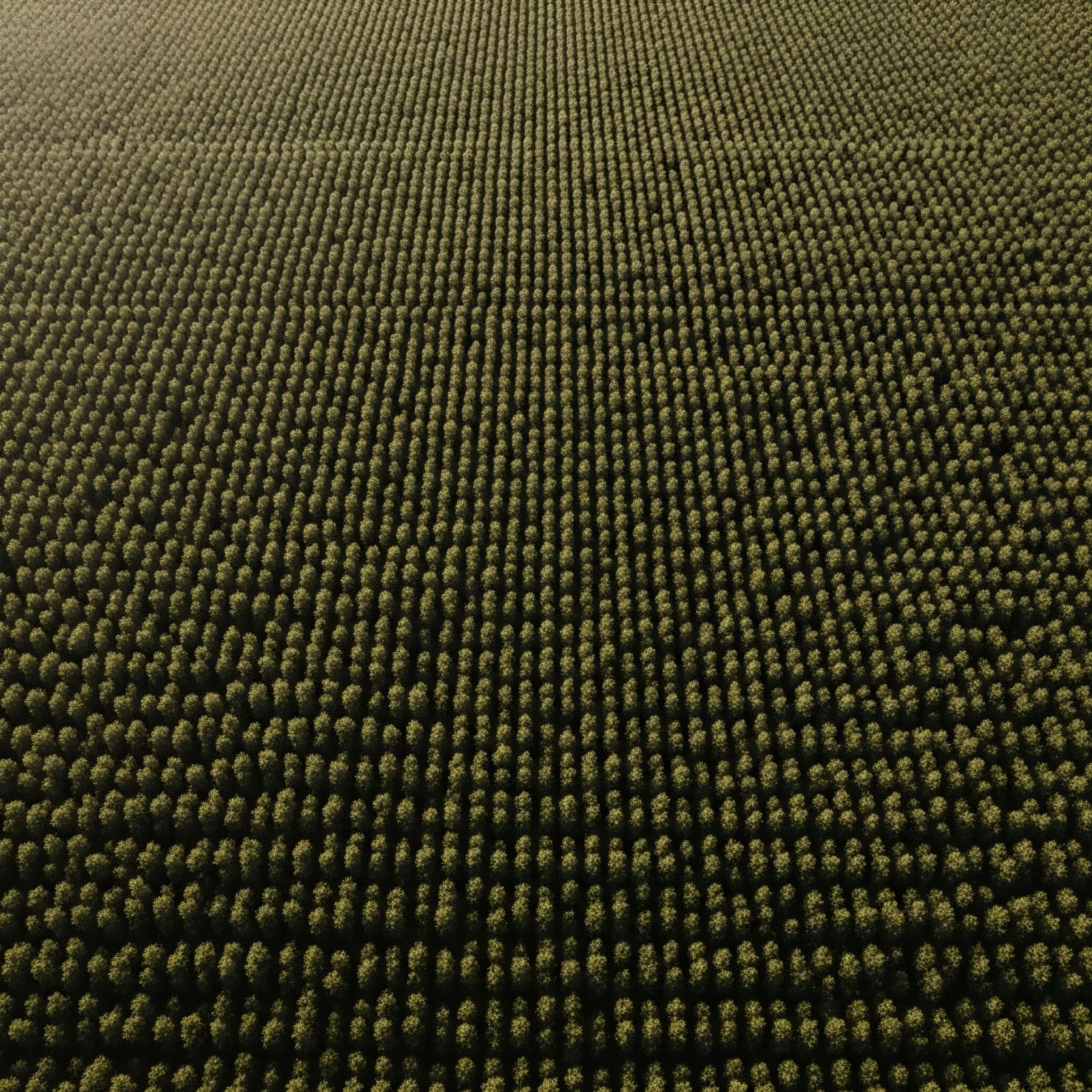

The Biological Imperative for Thermal Shock
The default setting for the modern consciousness trends toward cognitive entropy. We exist in thermal comfort, metabolic satiety, and minimal external threat. This environment, while pleasant, signals to the central nervous system that maximal alertness is unnecessary. The biological machinery settles into a low-power state, characterized by diminished drive and the frustrating haze we label as an ‘unfocused mind.’ This is not a moral failing; it is a predictable physiological response to an undemanding environment.
The Vitality Architect recognizes that superior performance requires deliberate, controlled signaling. We must introduce a potent stimulus that forces the system to engage its highest levels of sympathetic arousal. This is where thermal stress becomes a precise tool. It is a non-negotiable instruction sent directly to the brainstem and adrenal medulla ∞ survival depends on immediate, superior cognitive processing. This initial shock is the necessary prerequisite for system recalibration.
The body is an instrument of exquisite sensitivity. It responds to the environment with an economy of effort. When the environment is soft, the output is soft. We must introduce a hard signal to elicit a hard response. This is the foundational premise ∞ clarity is forged in the crucible of controlled aversion, compelling the physiology to yield a higher grade of mental currency.

The State of Cognitive Drift
A constant state of low-grade, unfocused activity burns resources inefficiently. Information processing slows. Reaction time degrades. This state is a silent tax on productivity and strategic thinking. The HPG axis, while vital for long-term vitality, often operates on a different clock than the immediate need for sharp, present-moment awareness. We are looking for an immediate, sharp re-engagement of the executive functions, a state inaccessible through mere mental effort alone.
The system requires a chemical catalyst for this shift. Mental focus is not a decision; it is a neurochemical event. The environment must dictate the chemistry, and the conscious mind then directs the resulting capacity.


Catecholamine Cascade Engineering the Alert State
The mechanism by which cold forges focus is rooted in the rapid mobilization of key catecholamines, primarily norepinephrine. This is the body’s primary chemical agent for vigilance, arousal, and attention maintenance. The immersion into cold water, or the sharp shock of cryostimulation, is a direct, non-negotiable trigger for the sympathetic nervous system (SNS).
This is not a vague feeling of being ‘awake.’ This is a measurable, pharmacologically significant surge in systemic signaling molecules. The SNS activation commands the adrenal medulla to release these agents, overriding the baseline neurochemistry that supports cognitive drift. The resulting cascade sharpens the internal signal-to-noise ratio in the prefrontal cortex, the seat of complex decision-making.
Studies confirm that short-term cold water immersion can significantly increase plasma norepinephrine levels, with the acute effects on this key neurotransmitter setting the stage for heightened alertness and improved memory consolidation immediately post-exposure.
The engineering of this state follows a clear sequence of events:
- Thermal Gradient Detection ∞ Rapid temperature drop at the skin surface sends an immediate afferent signal to the hypothalamus.
- Sympathetic Outflow Command ∞ The hypothalamus initiates a massive sympathetic nervous system discharge.
- Adrenal Medulla Activation ∞ This command triggers the adrenal glands to release epinephrine and, more significantly for sustained focus, norepinephrine into the systemic circulation.
- Cerebral Vascular Response ∞ Increased systemic catecholamines drive vascular changes that enhance blood flow and oxygenation to critical brain regions, improving the substrate for cognitive work.
- Neurotransmitter Priming ∞ The elevated norepinephrine directly primes neural circuits responsible for sustained attention and working memory.
Furthermore, this systemic stressor forces an efficient reallocation of metabolic resources. The body prioritizes core functions, and high-level cognitive output is one such function that benefits from this resource re-prioritization. The experience of cold exposure fundamentally alters the neurochemical landscape, making intense focus chemically supported rather than solely effort-dependent.


Protocol Precision Calibrating the Cognitive Window
The efficacy of this method is directly tied to timing. The body’s systems are not indefinitely suspended in a state of high alert following thermal shock. The norepinephrine spike is potent but transient. This demands a precise integration of the stimulus into the operational schedule ∞ the moment of highest leverage for the newly available cognitive bandwidth.
The window of maximal benefit ∞ the period where the chemical advantage is most pronounced ∞ is short. Research suggests the most pronounced effects on plasma norepinephrine may return to basal levels within 30 minutes post-rewarming. This necessitates that the planned cognitive task, the strategic work requiring laser focus, must commence almost immediately following the exposure protocol.

Strategic Application Timing
This is where the Savvy Wellness Insider component of the persona becomes paramount. We are not seeking a generalized feeling of wellness; we are seeking a tactical advantage. Consider the following application structure:
- Pre-Task Conditioning ∞ Execute the cold exposure protocol (e.g. 2 to 4 minutes of whole-body cryotherapy or a sharp cold plunge).
- Immediate Transition ∞ Move directly from the cold environment to the working environment. Avoid extended warm-up or distraction.
- Task Engagement ∞ Begin the most demanding cognitive work within five minutes of cessation of cold exposure.
- Duration Management ∞ Structure the work session to conclude before the systemic catecholamine levels normalize, maximizing the ROI on the thermal stress.
Repeated, short exposures, rather than prolonged suffering, appear to yield adaptive benefits, suggesting a consistent application can condition the system for quicker mobilization when required. This is about tuning the system’s response speed, not merely enduring the cold itself. The goal is not just recovery, which is a secondary benefit, but immediate cognitive acceleration.

The Mastery of Controlled Aversion
The concept of ‘Cold Forges The Unfocused Mind’ is a directive for system ownership. It moves beyond passive consumption of comfort and demands active engagement with necessary physiological friction. I maintain a professional stake in this principle because the highest tiers of performance ∞ in research, in strategy, in creation ∞ are fundamentally limited by the quality of sustained attention. Mediocrity is often the result of insufficient signaling, not insufficient intellect.
Mastery over one’s internal state is the final frontier of self-governance. When you deliberately invite a powerful, system-wide stressor like acute cold, you are performing a self-administered neurochemical upgrade. You are demonstrating command over your autonomic functions, a superior act of internal regulation. This is the ultimate statement of the Vitality Architect ∞ the environment does not dictate your state; you dictate the environment’s necessary response.
The unfocused mind is the consequence of an unchallenged system. The focused mind is the engineered outcome of a precisely applied, powerful stimulus. The cold is merely the delivery vehicle for the true payload ∞ chemical precision applied to mental bandwidth. Utilize the shock to solidify the structure of your attention.



